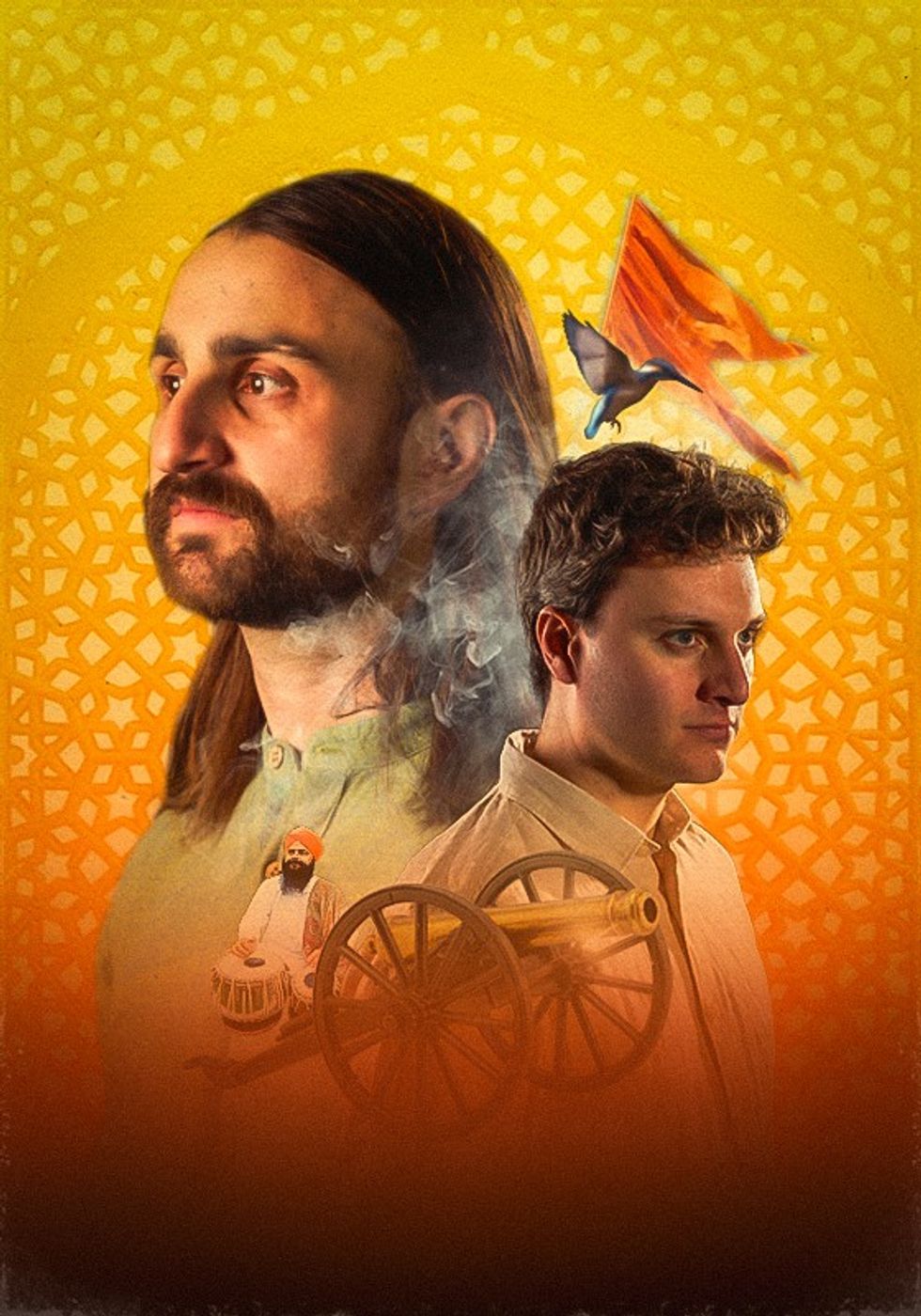India's first solar observation mission, Aditya-L1, on Saturday (6) accomplished its final phase, reaching its designated location in space to continuously observe the Sun.
After a four-month journey since its launch on September 2, the spacecraft has successfully positioned itself to keep a constant eye on the Sun.
The Indian Space Research Organisation (ISRO) initiated this mission shortly after India's historical feat of landing near the Moon's south pole.
India’s prime minister Narendra Modi hailed this achievement as a testament to the scientists' unwavering dedication, calling it an “extraordinary feat.”
Named after Surya, the Hindu god representing the Sun, India's first space-based mission to explore the solar system's primary celestial body has reached Lagrange point 1 (L1).
L1 can be understood as a location where the gravitational pulls of two large objects, like the Sun and the Earth, neutralise each other, enabling a spacecraft to "hover” according to the European Space Agency.
This position, 1.5 million km (932,000 miles) from Earth, (1% of the Earth-Sun distance) allows the spacecraft to “hover” effectively, the BBC reported.
The final maneuver took place on Saturday at approximately 16:00 India time (10:30 GMT) to position Aditya into L1's orbit.
ISRO chief S Somanath said that occasional adjustments would be necessary to maintain Aditya-L1's orbit in this "parking spot" to enable uninterrupted observation of the Sun, including during eclipses and occultations.
ISRO said that some of the scientific instruments which the orbiter is equipped with has already started data collection and imaging, providing unprecedented insights into the Sun's intricate details.
This mission aims to enhance understanding of solar activity's impact on Earth and space weather in real time.
Scientists believe Aditya-L1's observations will offer forewarnings about solar winds and eruptions, aiding satellite safety measures.
ISRO has not disclosed the mission's cost, though it is estimated around 3.78 billion rupees ($46m; £36m).
With this milestone, India joins a select group of nations studying the Sun, alongside NASA, Japan's space agency, and the European Space Agency (ESA).
While Nasa has been studying the Sun since the 1960s, Japan initiated its inaugural solar mission in 1981, and the European Space Agency (ESA) started its observation of the Sun in the 1990s.





 Festival goers at Glastonbury festival 2025Getty Images
Festival goers at Glastonbury festival 2025Getty Images  Pyramid Stage crowd swells ahead of the mystery Patchwork act rumoured to be Pulp Instagram/
Pyramid Stage crowd swells ahead of the mystery Patchwork act rumoured to be Pulp Instagram/ Kneecap welcome as political tension surrounds their setGetty Images
Kneecap welcome as political tension surrounds their setGetty Images Crowds of festival-goers fill the pathways during day three of Glastonbury festival 2025Getty Images
Crowds of festival-goers fill the pathways during day three of Glastonbury festival 2025Getty Images 









 Daniel Craig poses as James BondGetty Images
Daniel Craig poses as James BondGetty Images  James Bond casting shortlist revealed with Tom Holland Jacob Elordi and Harris Dickinson in leadGetty Images
James Bond casting shortlist revealed with Tom Holland Jacob Elordi and Harris Dickinson in leadGetty Images Is this the youngest James Bond yet as Tom Holland Harris Dickinson and Jacob Elordi lead casting rumoursGetty Images
Is this the youngest James Bond yet as Tom Holland Harris Dickinson and Jacob Elordi lead casting rumoursGetty Images
 An explosive new play that fuses biting satire, history and heartfelt storytellingPleasance
An explosive new play that fuses biting satire, history and heartfelt storytellingPleasance
Police may probe anti-Israel comments at Glastonbury